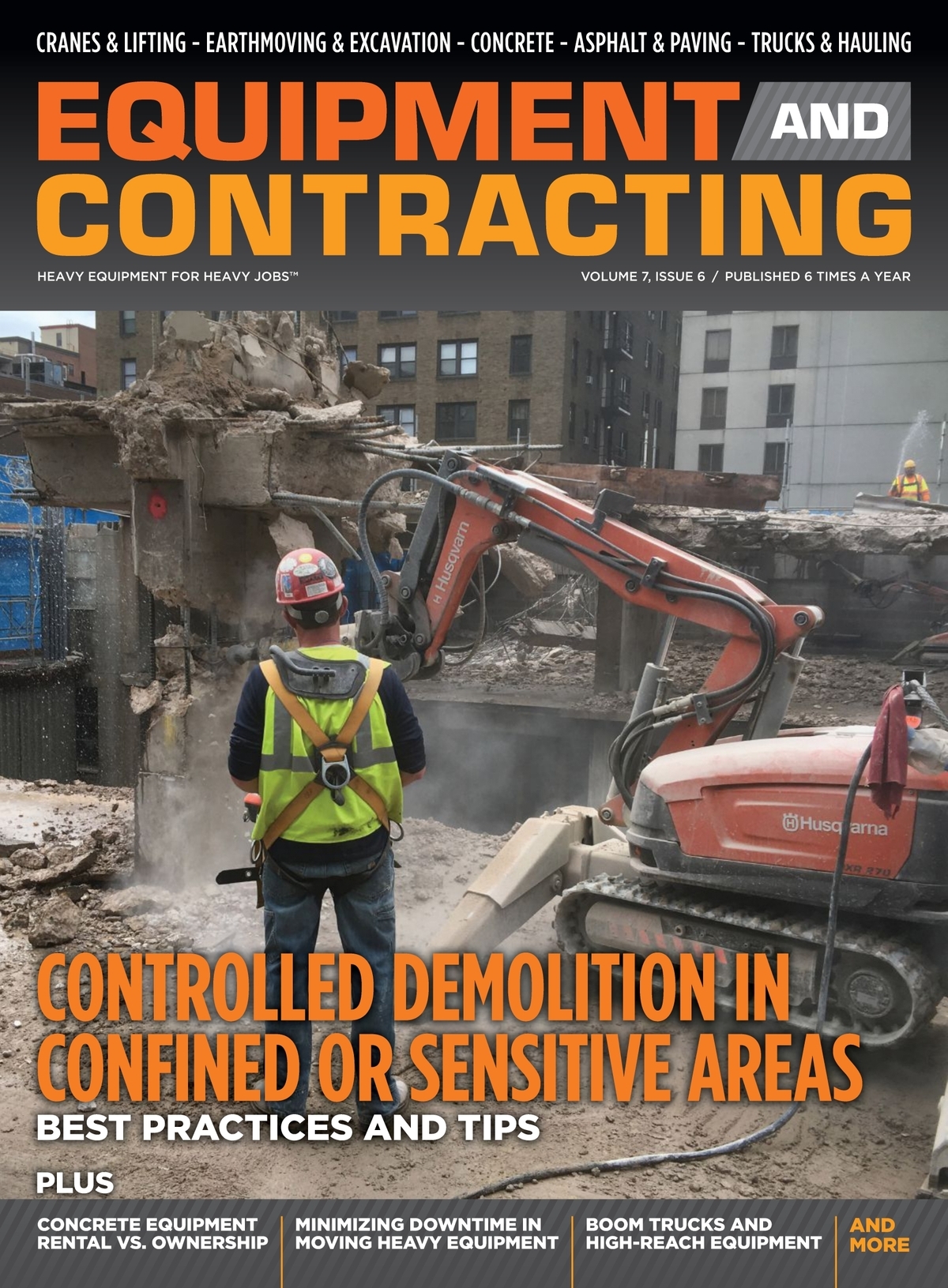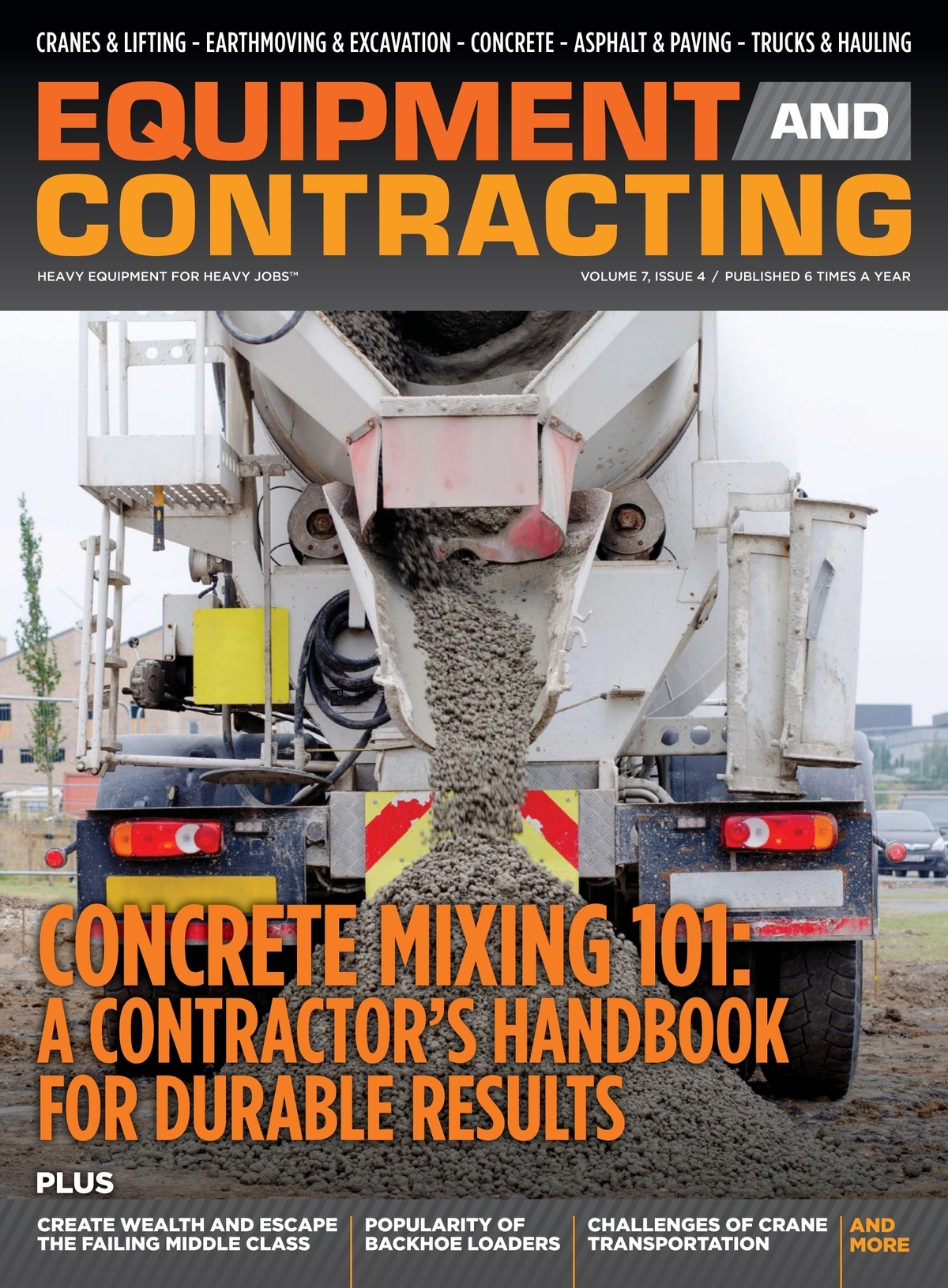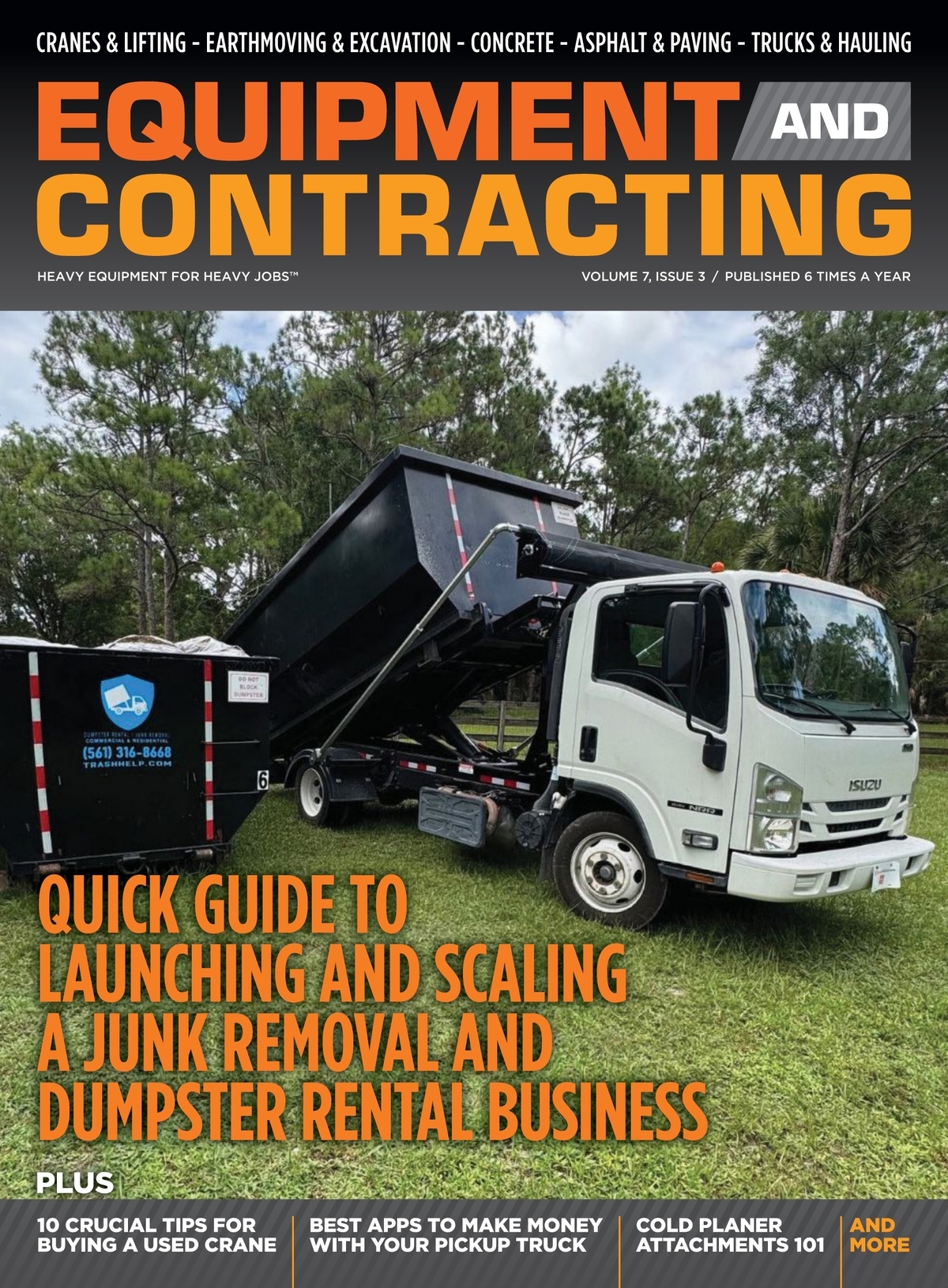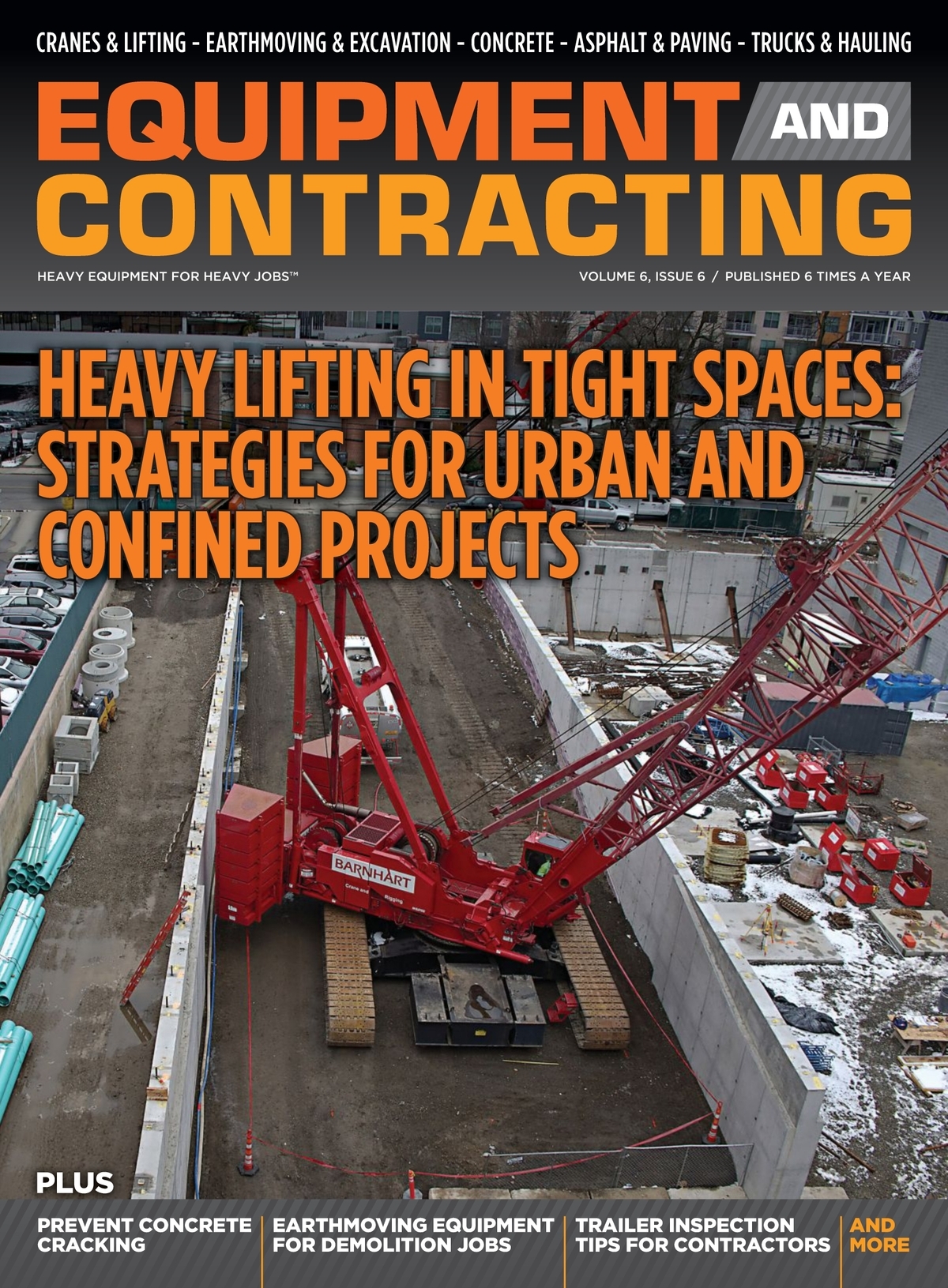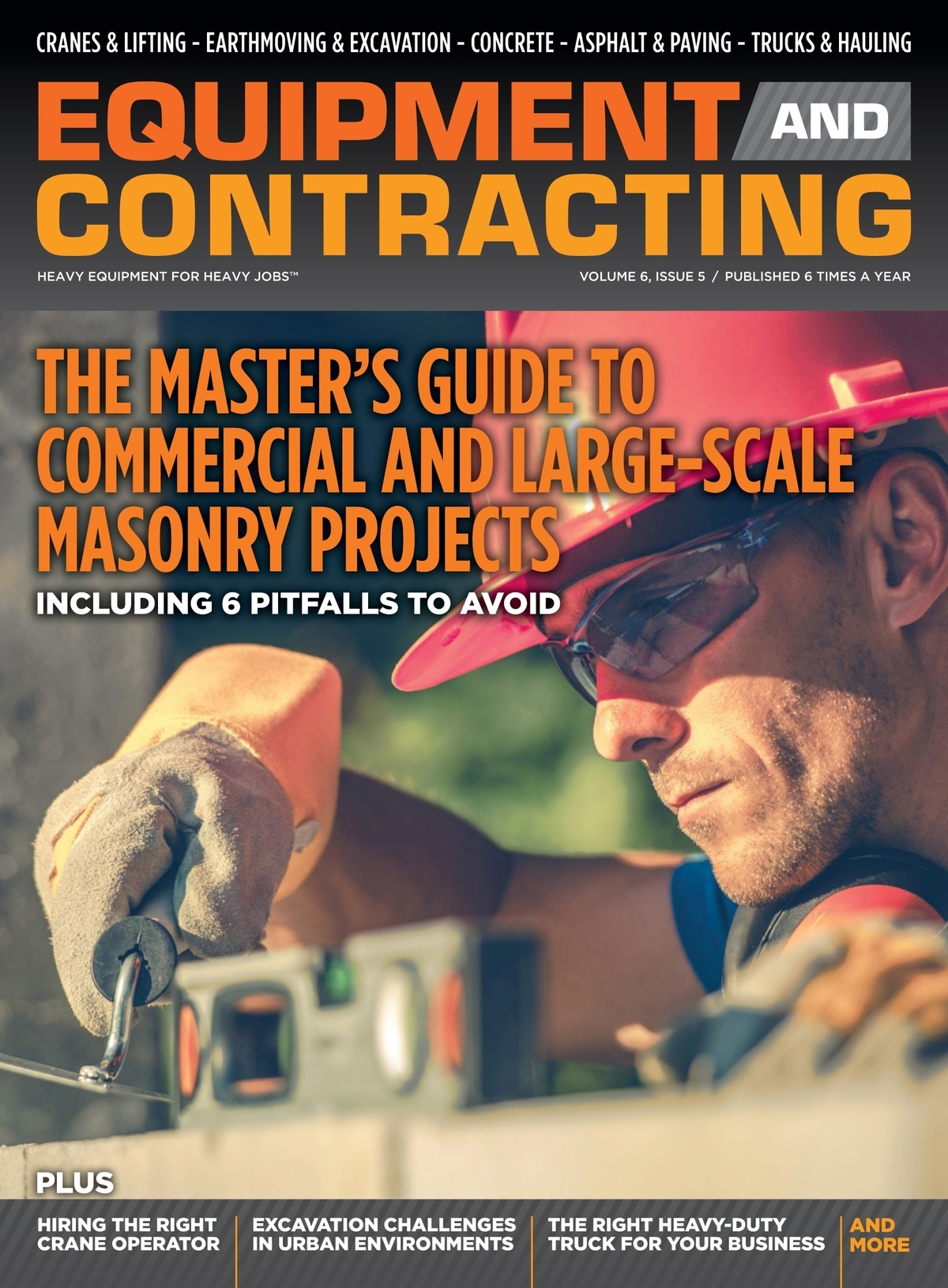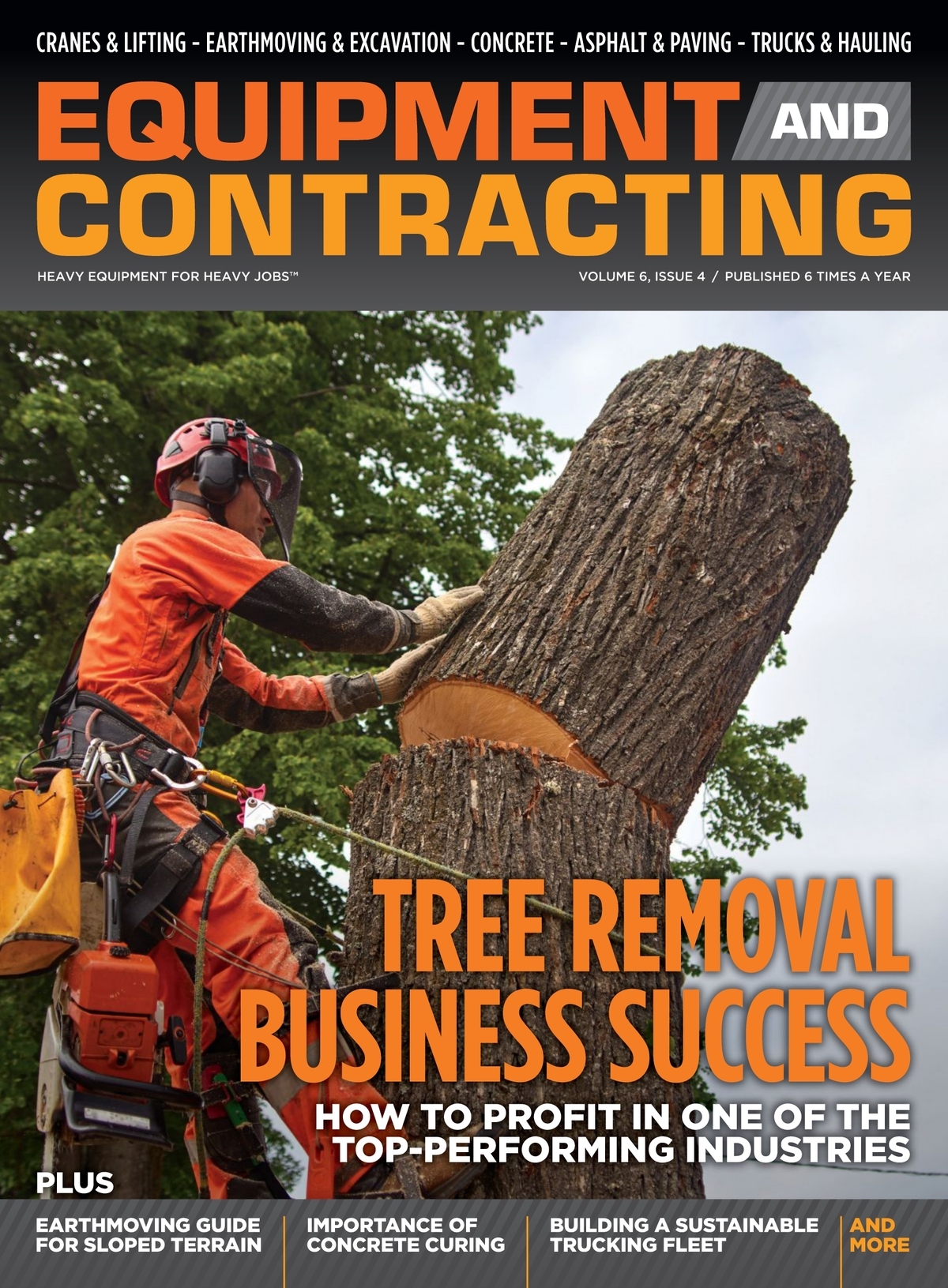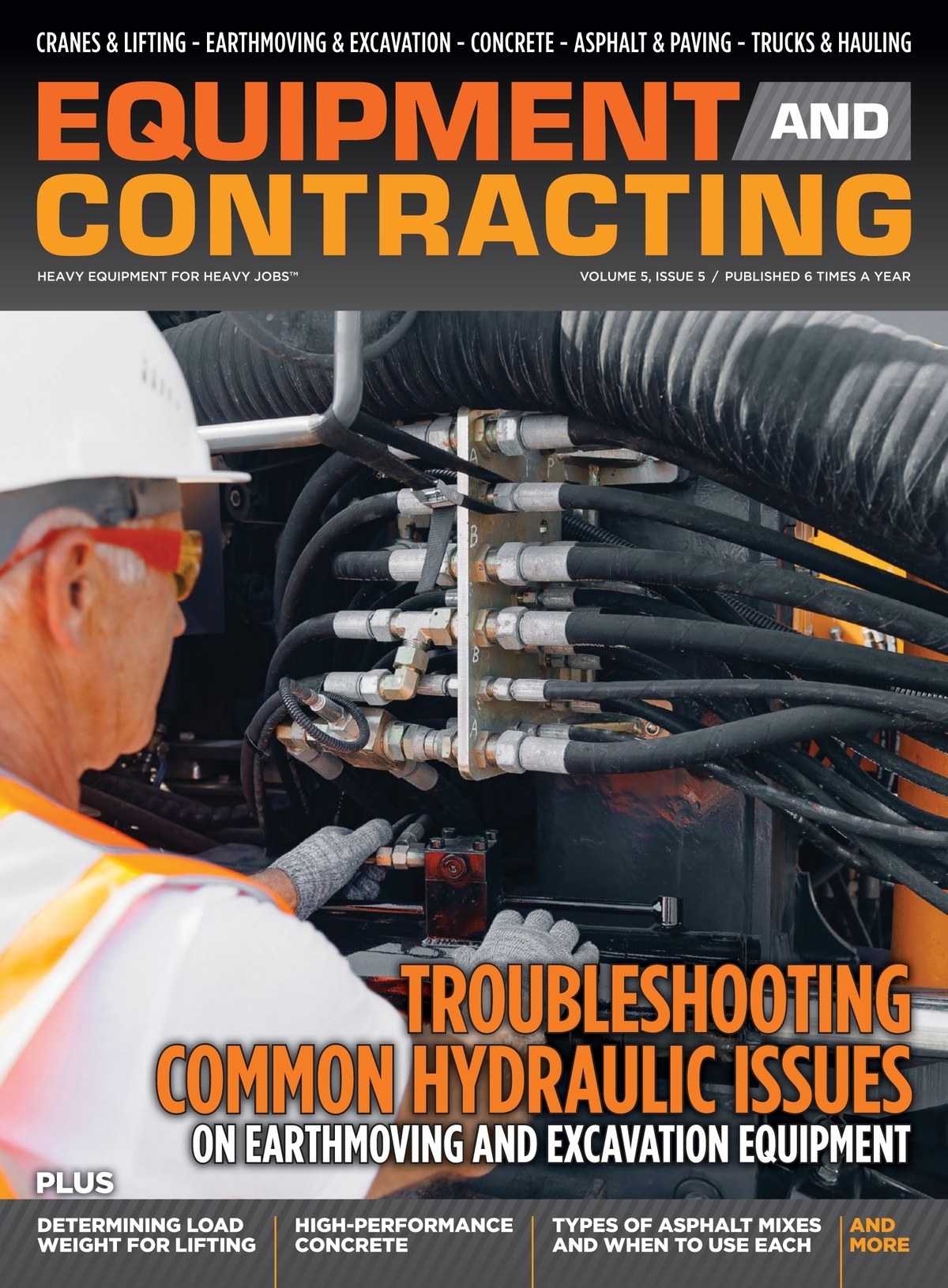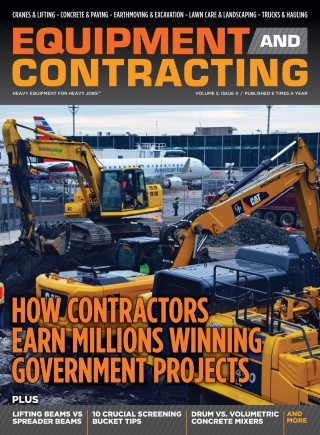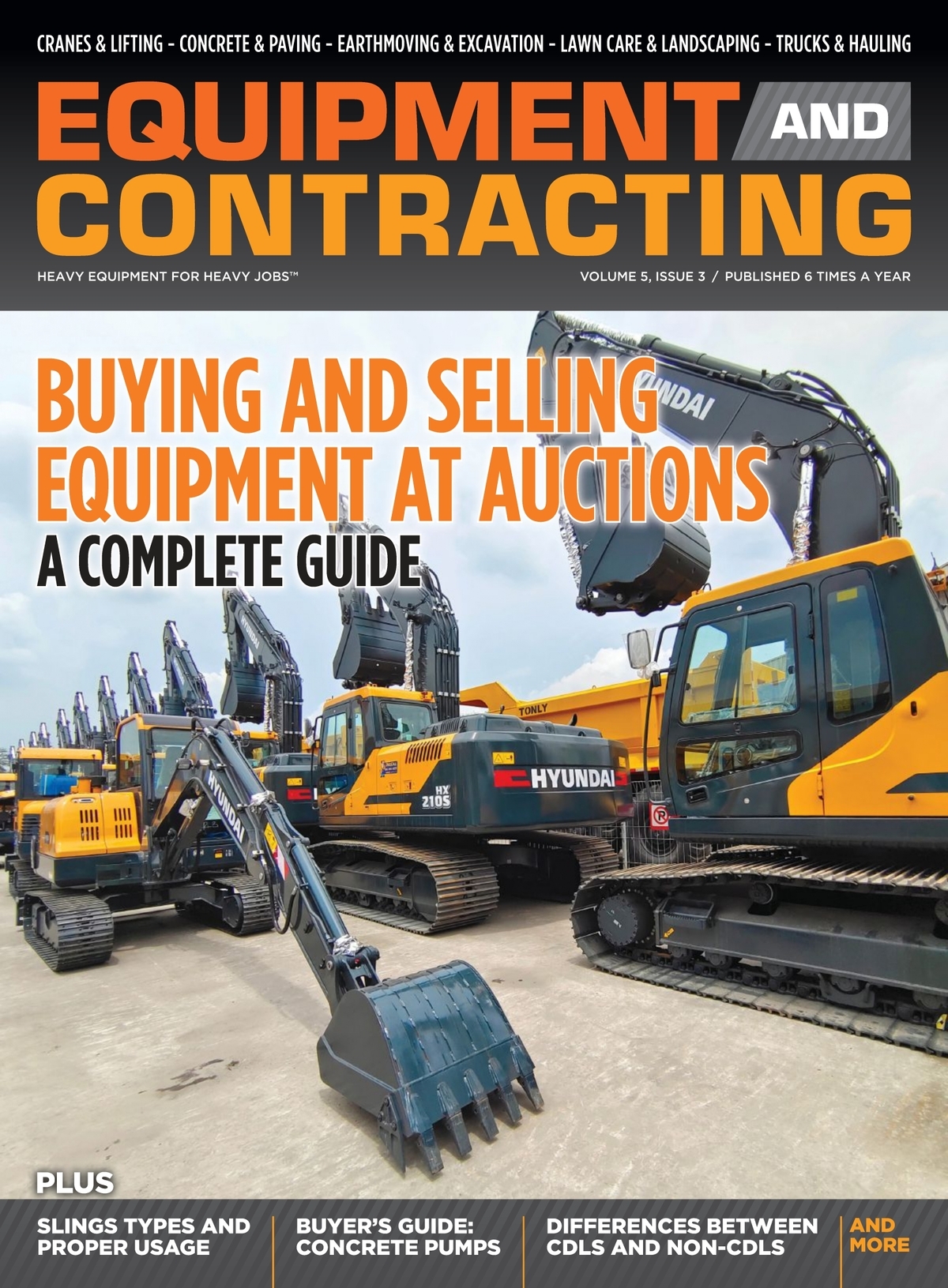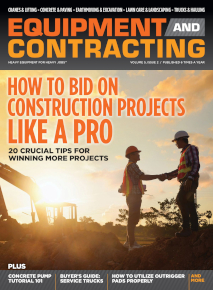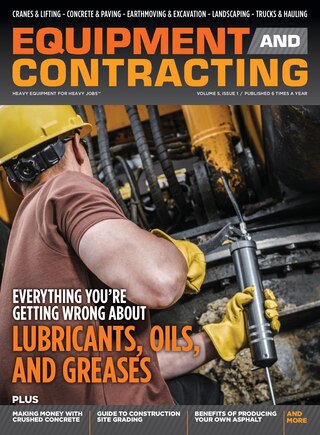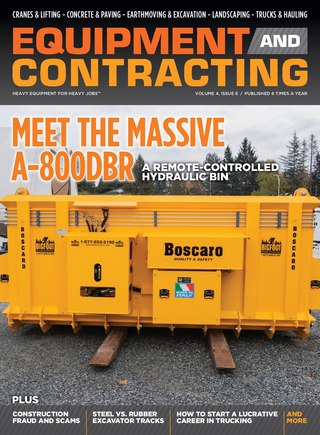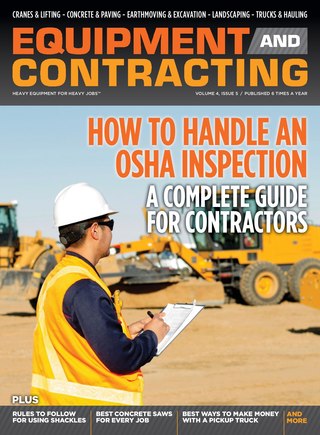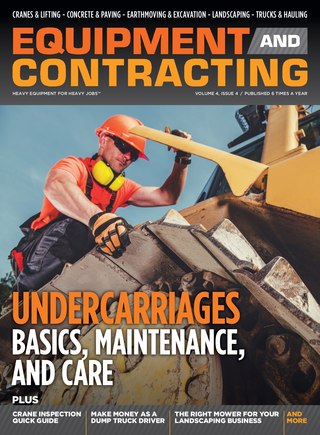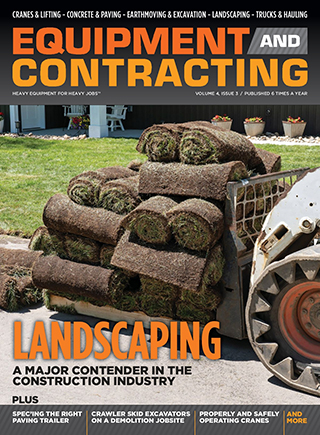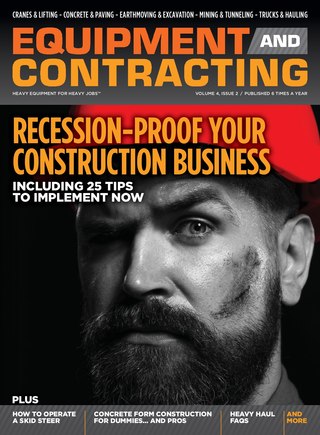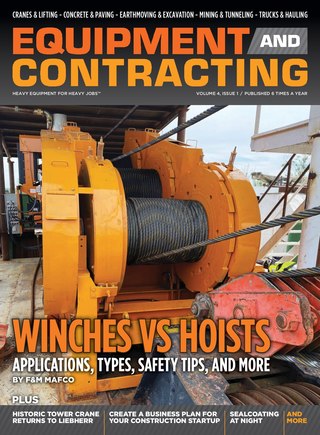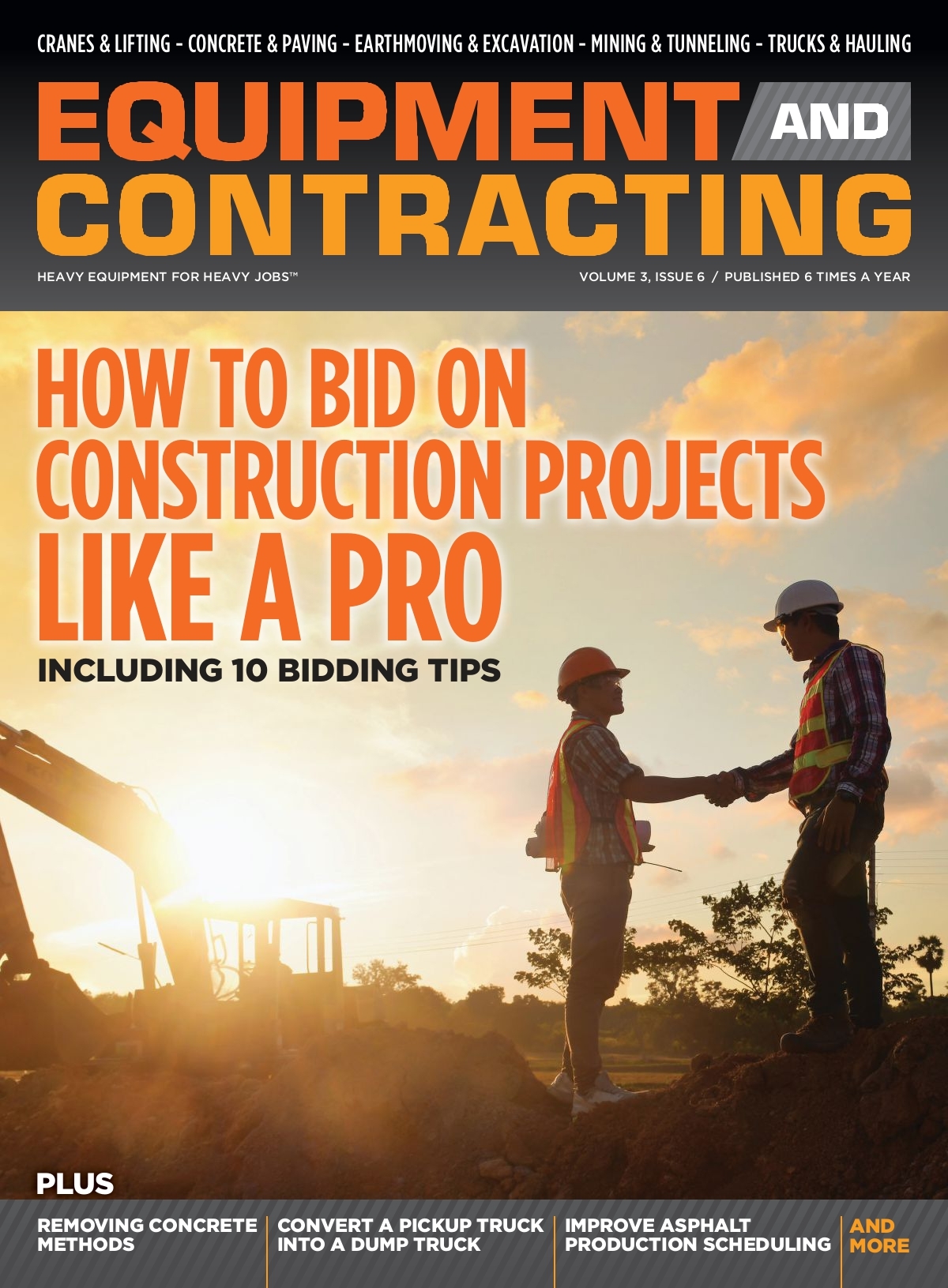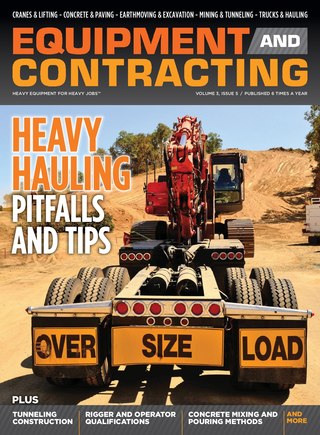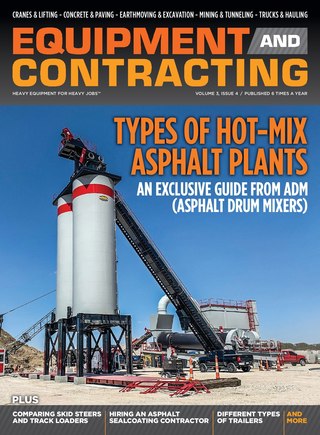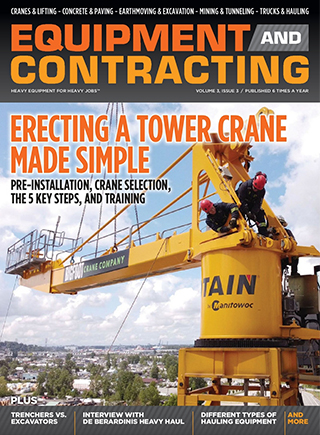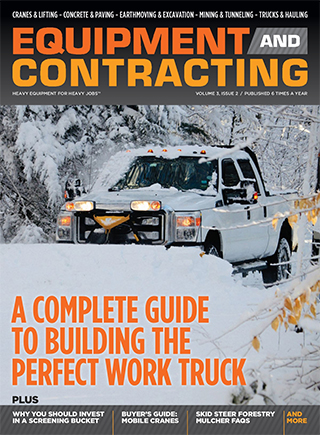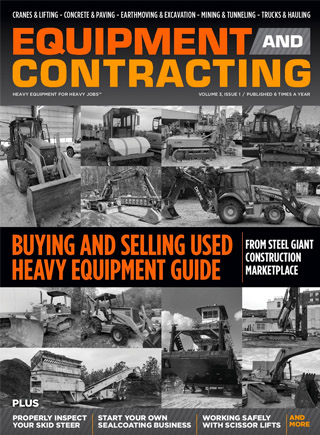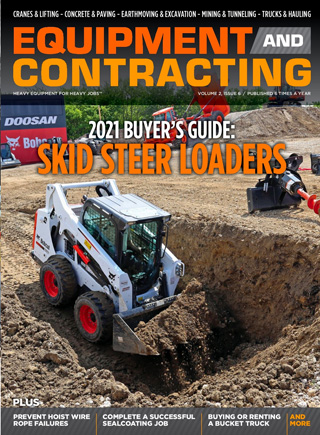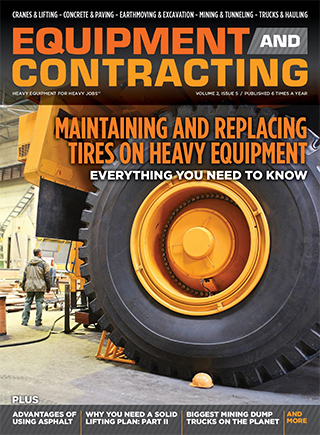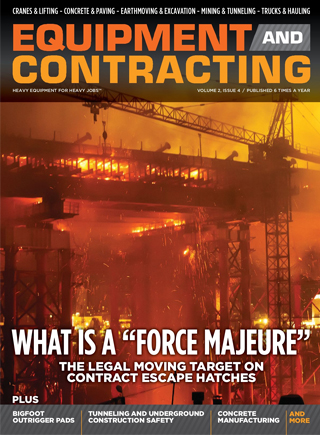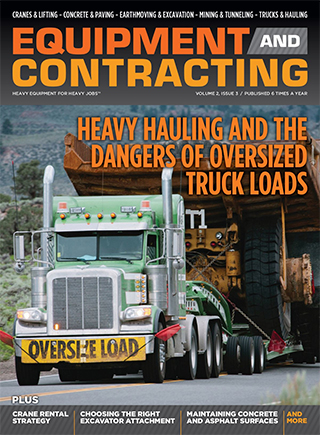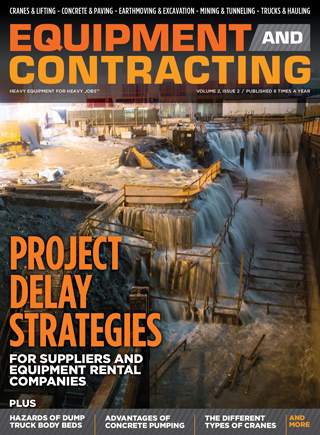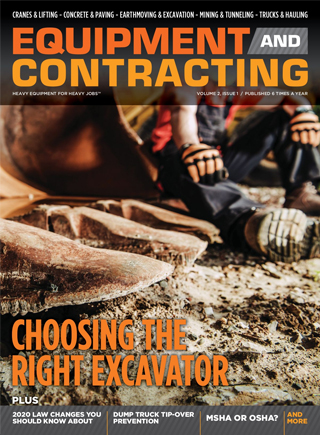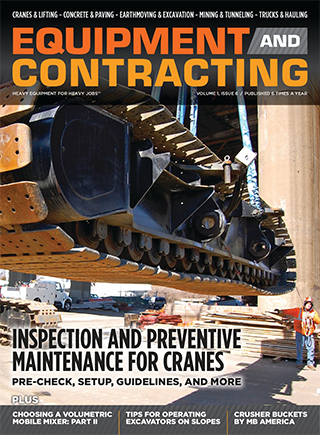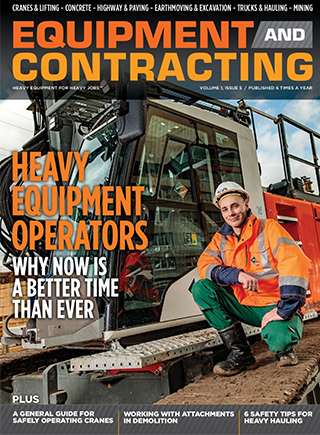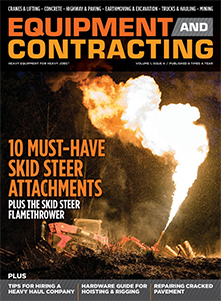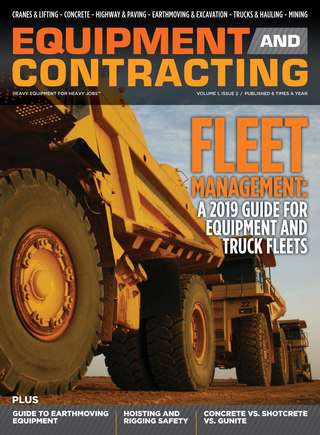
View the complete article here.
Purchasing a used crane can be a cost-effective way to acquire heavy equipment for construction, contracting, or industrial projects. However, it requires careful evaluation to ensure you’re investing in a reliable machine that meets your needs. Here are 10 essential tips to guide you through the process of buying a used crane, helping you avoid costly mistakes and secure a quality piece of equipment.
1. Define Your Project Requirements
Before shopping, clarify the crane’s intended use. Consider the type (e.g., mobile, tower, or crawler), lifting capacity (e.g., 20-100 tons), and reach needed for your projects. For example, a rough-terrain crane suits rugged sites, while a truck-mounted crane is ideal for roadwork. Assess job site conditions, such as space constraints or ground stability, to ensure the crane fits your operational needs.
2. Research Reputable Sellers
Buy from trusted sources like authorized dealers, auction houses with strong reputations (e.g., Ritchie Bros.), or established equipment rental companies. Check seller reviews on platforms like Google or industry forums. Avoid private sellers unless you can verify their credibility, as they may lack documentation or service history.
3. Inspect Maintenance and Service Records
Request detailed maintenance logs and service records to confirm the crane has been well-maintained. Look for regular oil changes, hydraulic system checks, and repairs. A crane with consistent upkeep is less likely to have hidden issues. Be wary of incomplete records, as they may indicate neglect.
4. Conduct a Thorough Physical Inspection
Examine the crane in person or hire a qualified inspector. Check for structural damage, such as cracks in the boom or frame, and inspect hydraulic systems for leaks. Test the slew ring for smooth rotation and look for excessive wear on cables, hooks, and pulleys. Rust or corrosion, especially in coastal areas, can signal long-term issues.

5. Verify Hours of Operation
Low hours (e.g., under 5,000 for a 10-year-old crane) suggest lighter use, but verify with service records, as hour meters can be tampered with. Compare the crane’s age and hours to its condition—high hours with good maintenance may be better than low hours with neglect.
6. Test Operational Performance
Operate the crane during inspection to assess functionality. Test all controls, including hoisting, slewing, and braking systems, for responsiveness. Listen for unusual noises, such as grinding or hydraulic whining, which could indicate mechanical issues. Ensure the crane lifts and maneuvers smoothly under load, if possible.
7. Check for Compliance and Certifications
Confirm the crane meets OSHA and ANSI safety standards, including load charts and safety devices like anti-two-block systems. Request a current inspection certificate, as some regions require annual certifications. Non-compliant cranes may need costly upgrades or be unusable on regulated job sites.
8. Evaluate Repair and Parts Availability
Research the crane’s make and model to ensure replacement parts are readily available. Popular brands like Terex, Manitowoc, or Liebherr typically have better parts networks. Older or obscure models may require custom parts, increasing downtime and costs. Contact dealers or manufacturers to verify parts support.

9. Negotiate Based on Market Value
Compare the crane’s price to market rates using resources like MachineryTrader.com or EquipmentWatch. Factor in age, condition, hours, and included accessories (e.g., jibs or counterweights). Negotiate based on inspection findings, such as needed repairs, to secure a fair deal. Be cautious of deals that seem too good to be true.
10. Plan for Transportation and Setup
Account for logistics, as transporting a used crane can cost $5,000-$20,000 depending on size and distance. Verify the crane can be disassembled and moved legally (e.g., permits for oversized loads). Budget for setup costs, including rigging and operator training, to ensure safe integration into your operations.
View the complete article here.
What should I check before buying a used crane?
Inspect maintenance records, conduct a physical inspection, test performance, and confirm compliance with safety standards.
How do I know if a used crane is worth the price?
Compare its age, hours, condition, and included features with market values, then negotiate based on needed repairs.

